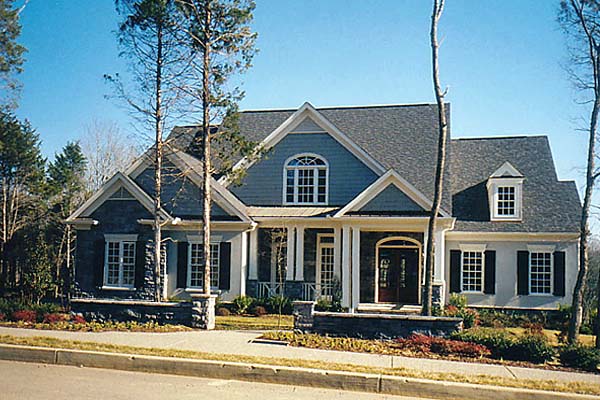DEVELOPMENT RIGHTS
Unveiling the Essence of Development Rights in Real Estate
In the realm of real estate, the concept of development rights encapsulates a pivotal facet of property ownership, embodying the transferable entitlement to enhance and transform land for various purposes. These rights, often bestowed upon individuals or entities, serve as a catalyst for the evolution of landscapes, fostering innovation, and shaping the built environment that defines our communities. Let's delve into the intricacies of development rights and their profound implications in the real estate domain.
Understanding Development Rights
At its core, development rights encompass the prerogative to undertake improvements or alterations on a particular parcel of land. These rights can be transferred from one property owner to another, either through sale, lease, or other arrangements, thereby enabling the recipient to leverage the full potential of the land for diverse developmental endeavors. From residential expansions and commercial constructions to infrastructural enhancements, the spectrum of permissible developments governed by these rights is expansive, reflecting the dynamic interplay between property ownership, urban planning, and economic progress.
Facilitating Property Evolution
The transferability of development rights engenders a fertile ground for property evolution and urban revitalization. It empowers landowners to leverage underutilized development potential, fostering sustainable growth and adaptive land use practices. By enabling the concentration of development in designated areas while preserving open spaces or historic sites, development rights play a pivotal role in promoting balanced urban development, environmental conservation, and the preservation of cultural heritage.
Balancing Interests and Regulations
The realm of development rights is intricately intertwined with regulatory frameworks and community interests. Zoning ordinances, environmental regulations, and community development plans often delineate the parameters within which these rights can be exercised, reflecting a delicate balance between individual property rights and the collective welfare of the community. This interplay underscores the significance of conscientious urban planning and the harmonization of diverse interests in shaping the sustainable growth and livability of our cities and neighborhoods.
Conclusion
Development rights stand as a testament to the dynamic interplay between property ownership, urban evolution, and community well-being. As a catalyst for innovation, revitalization, and sustainable growth, these rights shape the contours of our built environment, fostering a tapestry of diverse developments that resonate with the evolving needs and aspirations of society. In navigating the complex landscape of development rights, stakeholders are called upon to embrace a harmonious integration of economic progress, environmental stewardship, and urban livability, forging a path towards vibrant, inclusive, and sustainable communities for generations to come.
Development rights stand as a testament to the dynamic interplay between property ownership, urban evolution, and community well-being. As a catalyst for innovation, revitalization, and sustainable growth, these rights shape the contours of our built environment, fostering a tapestry of diverse developments that resonate with the evolving needs and aspirations of society. In navigating the complex landscape of development rights, stakeholders are called upon to embrace a harmonious integration of economic progress, environmental stewardship, and urban livability, forging a path towards vibrant, inclusive, and sustainable communities for generations to come.
MORE REAL ESTATE TERMS
A, B, C, D, E, F, G, H, I, J, K, L, M, N, O, P, Q, R, S, T, U, V, W, X, Y, Z
Featured New Home

Featured Mortgage Brokers
- NEIGHBORS FINANCIAL CORP, SACRAMENTO, CA
2831 G ST STE 200
SACRAMENTO, CA 95816 - BancOhio Financial, mortgage broker in Powell, OH
285 S Liberty St
Powell, OH 43065 - UNION MORTGAGE GROUP, INC., GREENBELT, MD
7501 GREENWAY CENTER DR
GREENBELT, MD 20770 - EMBRACE HOME LOANS INC, MIDDLETOWN, RI
25 ENTERPRISE CTR
MIDDLETOWN, RI 2842 - WELLS FARGO BANK NA, DES MOINES, IA
1 HOME CAMPUS # 4801-196
DES MOINES, IA 50328